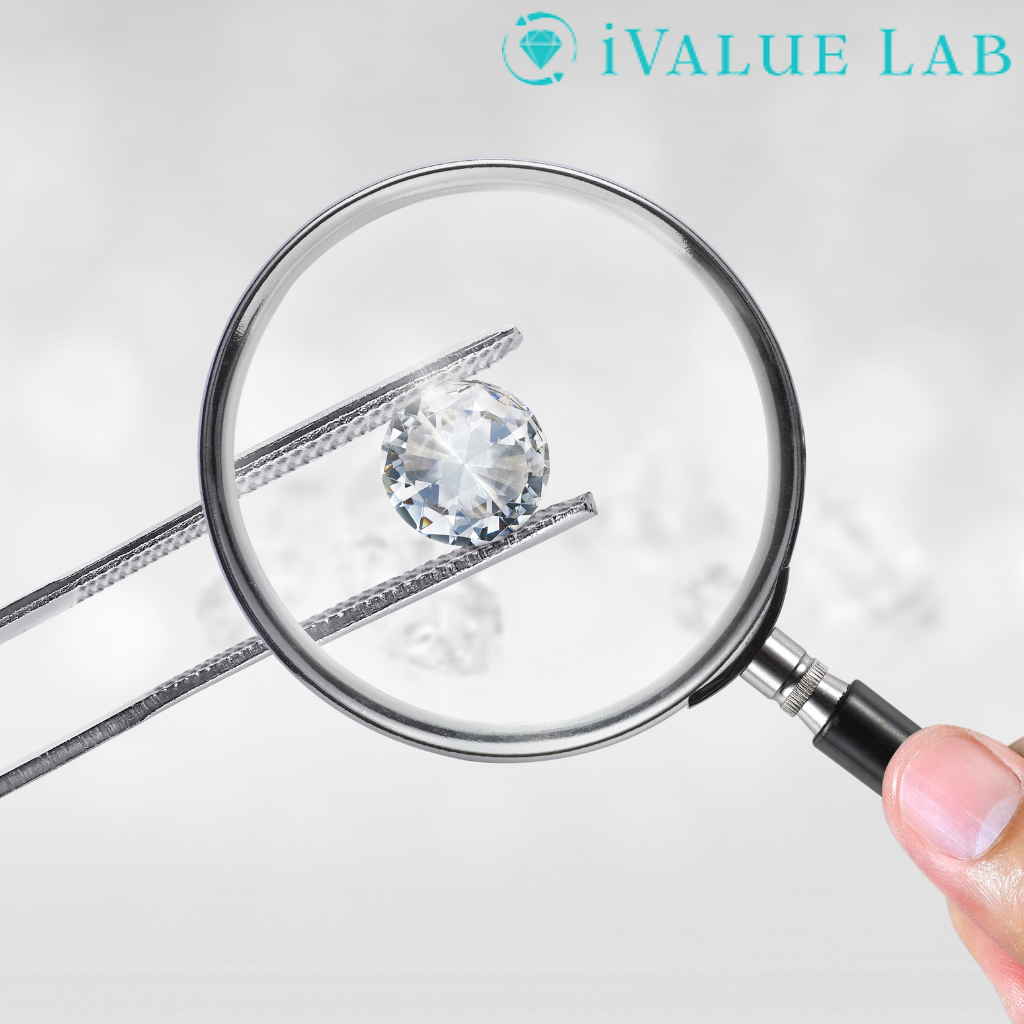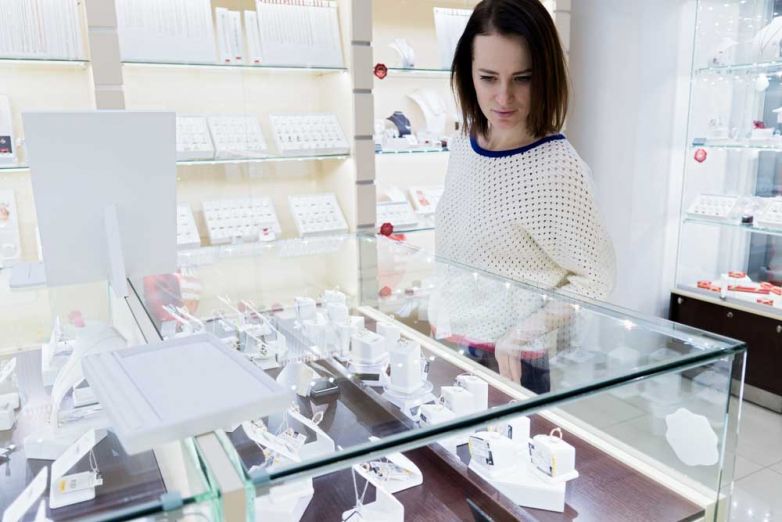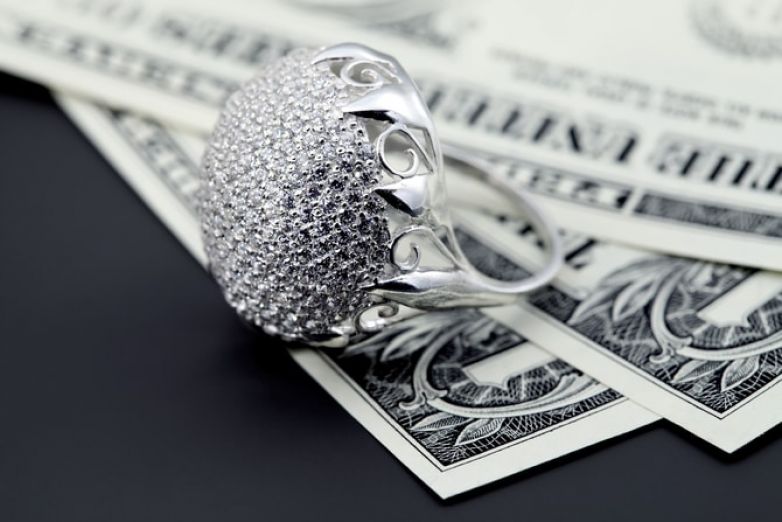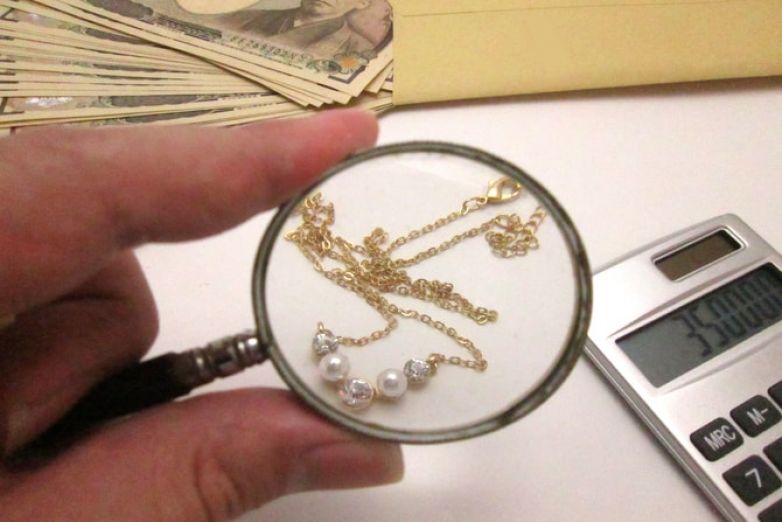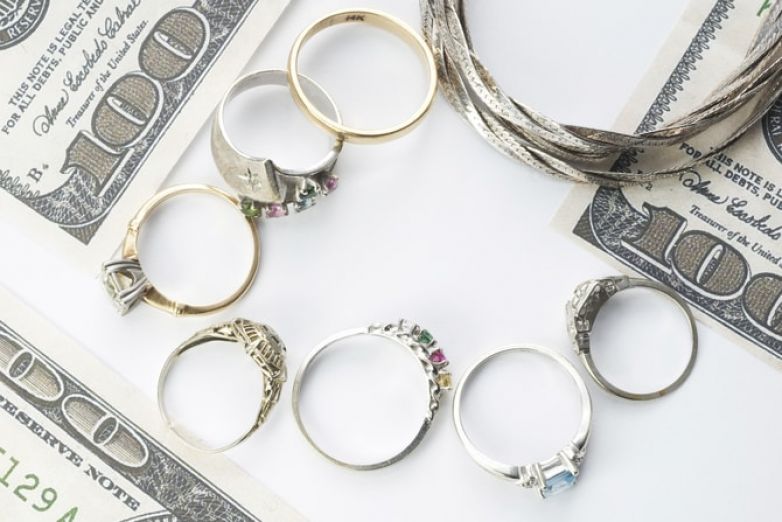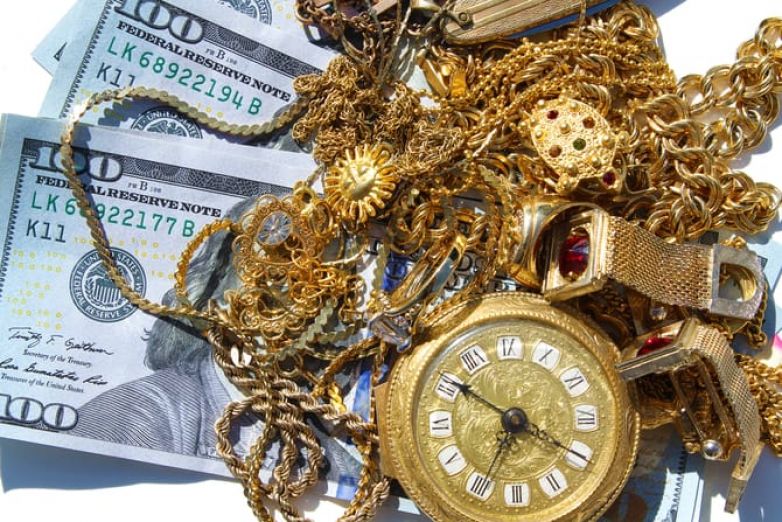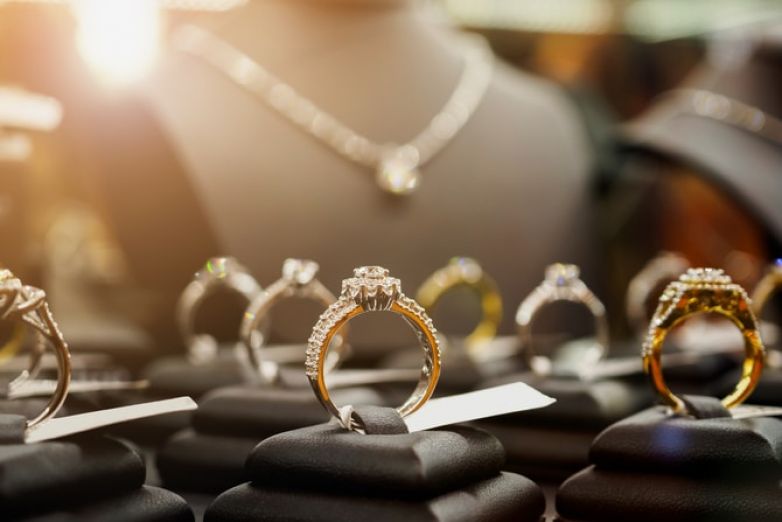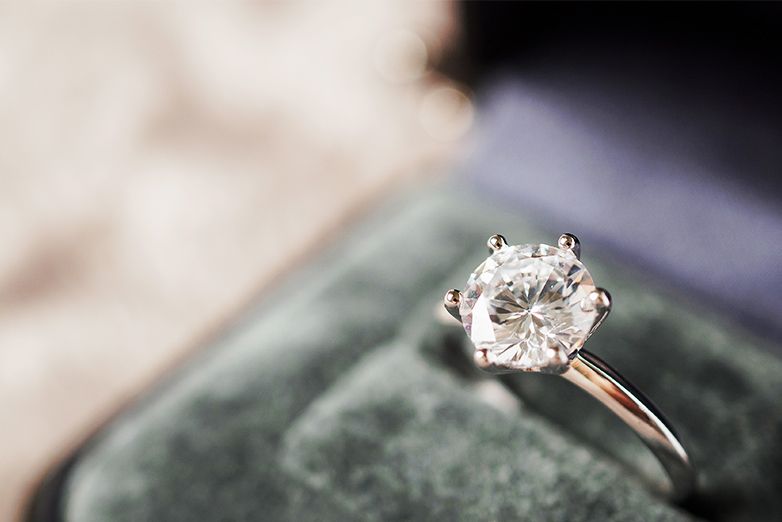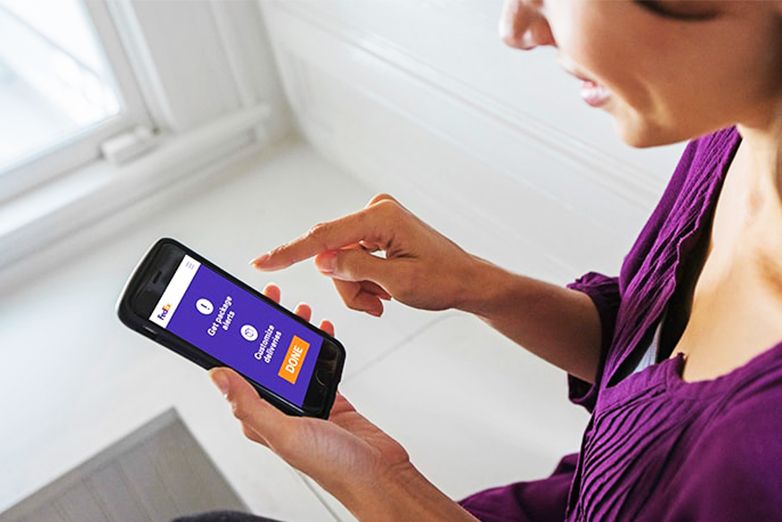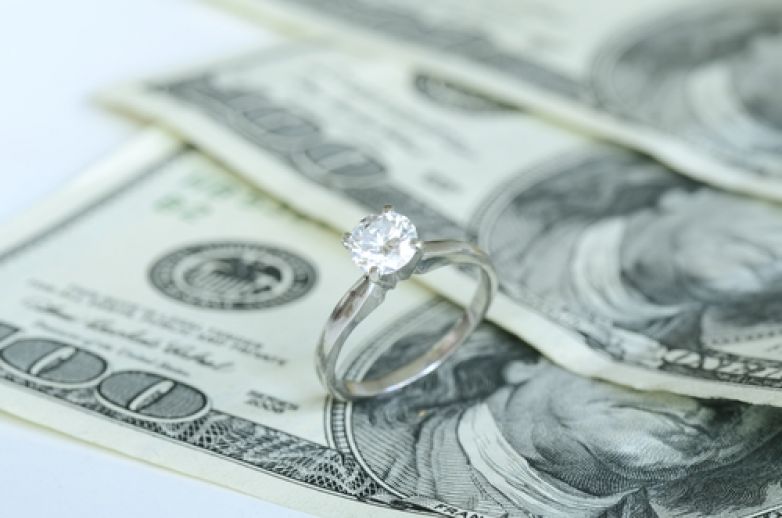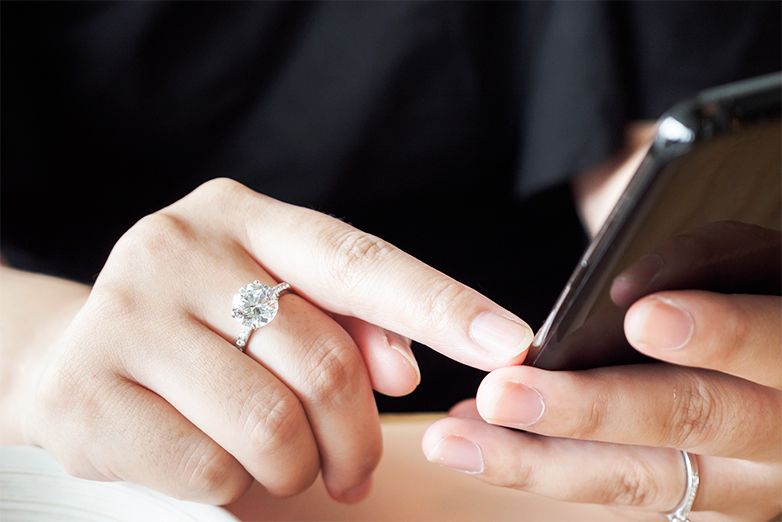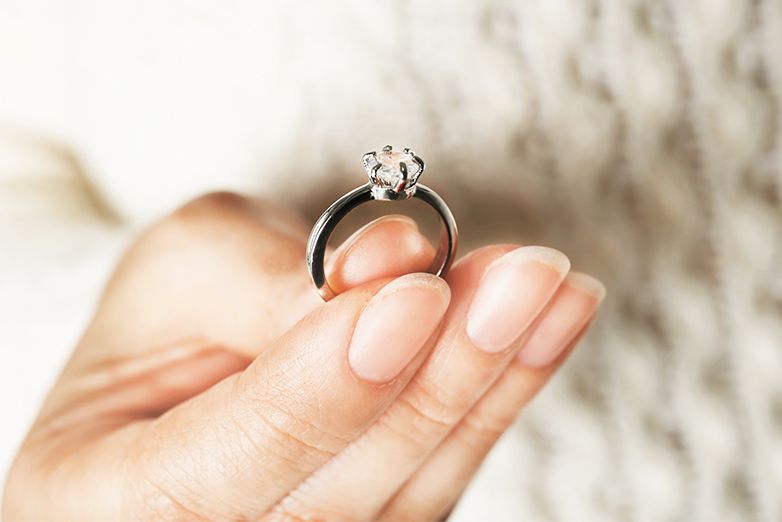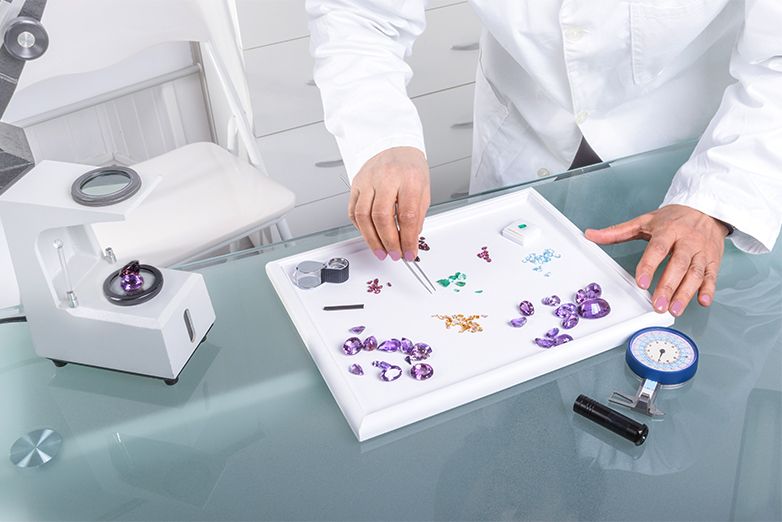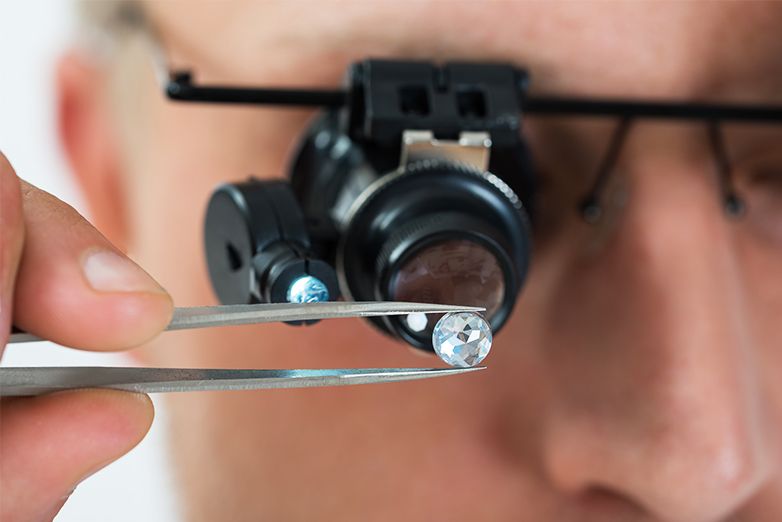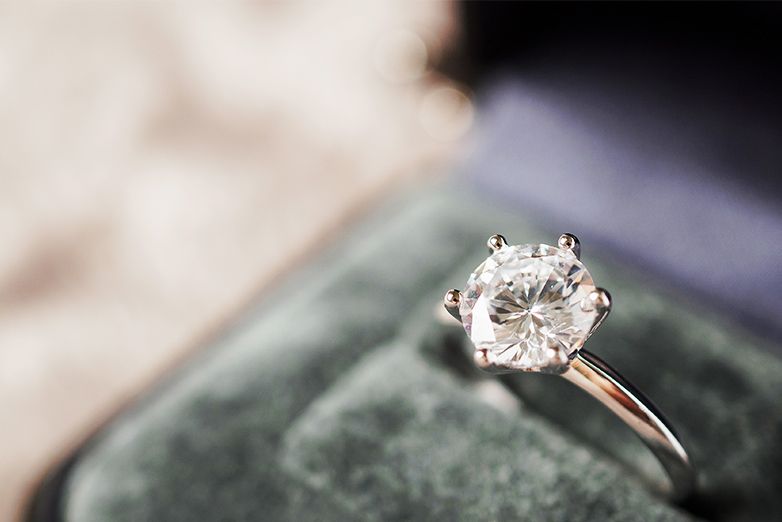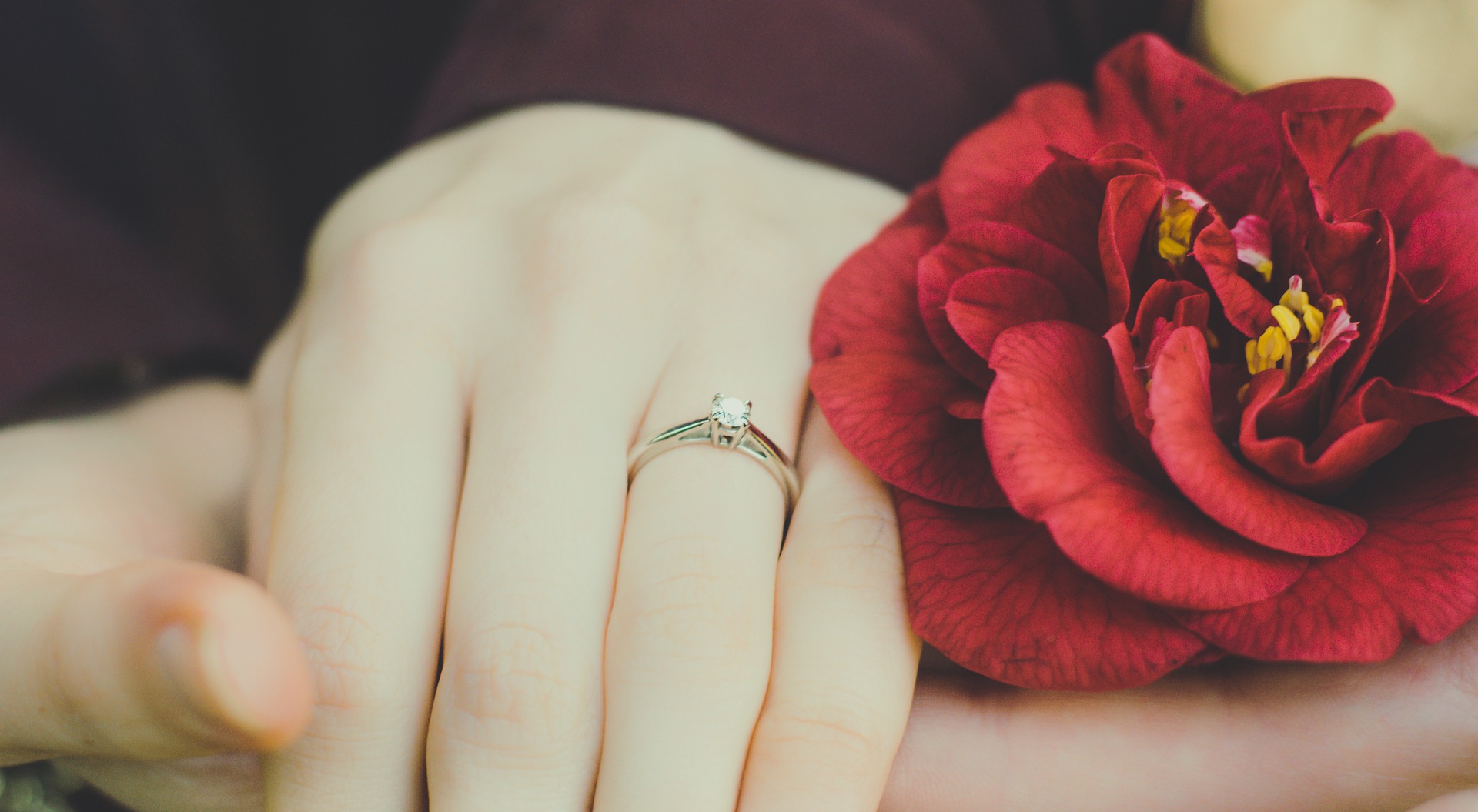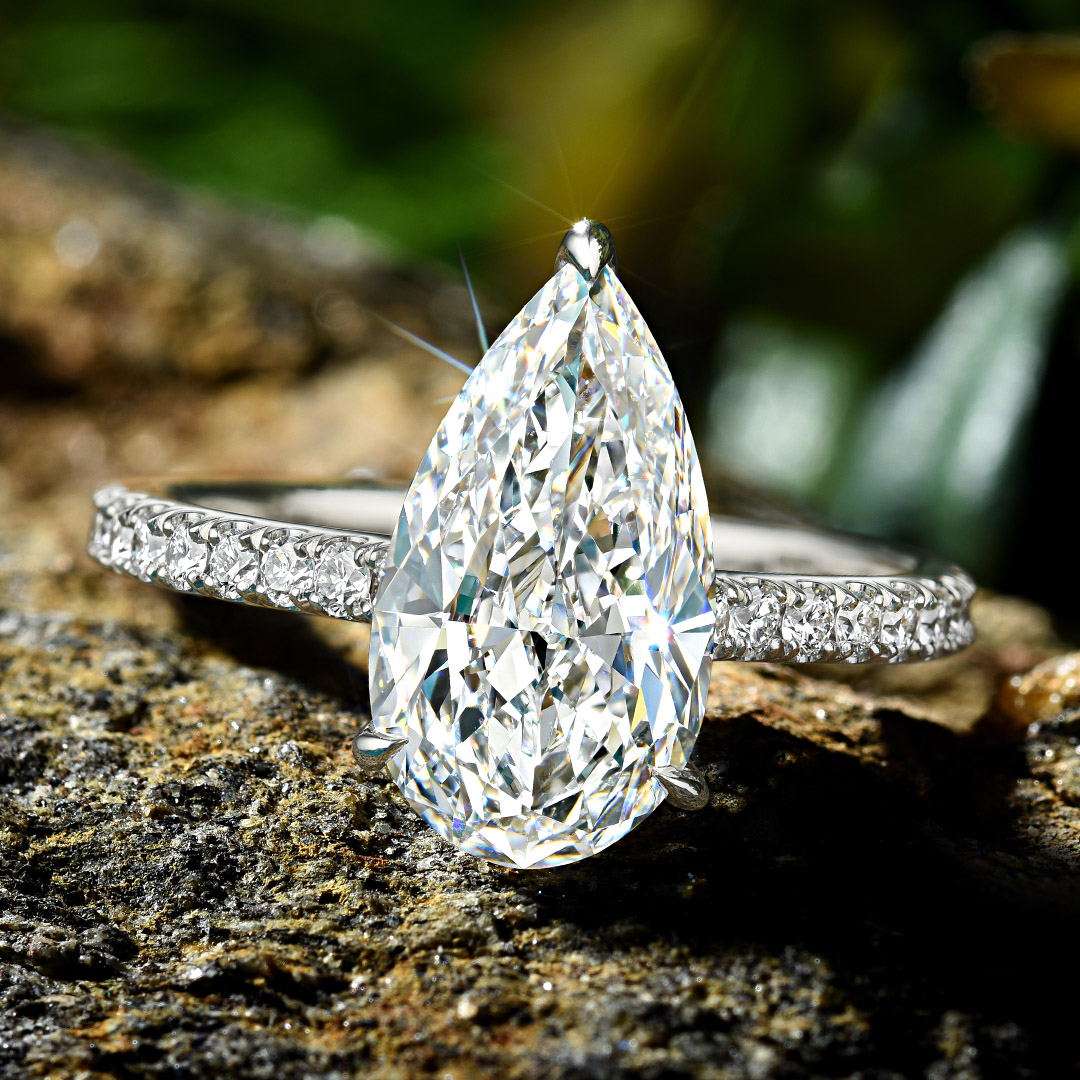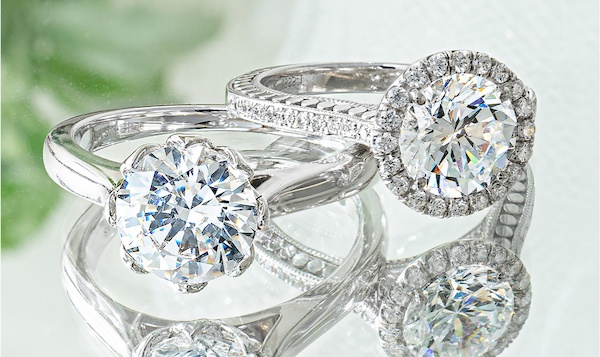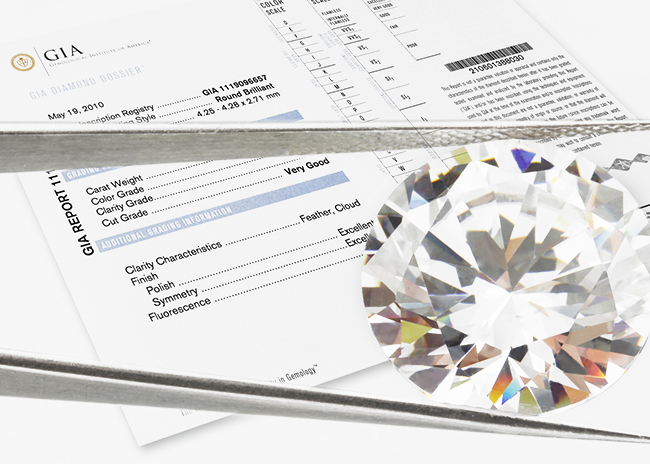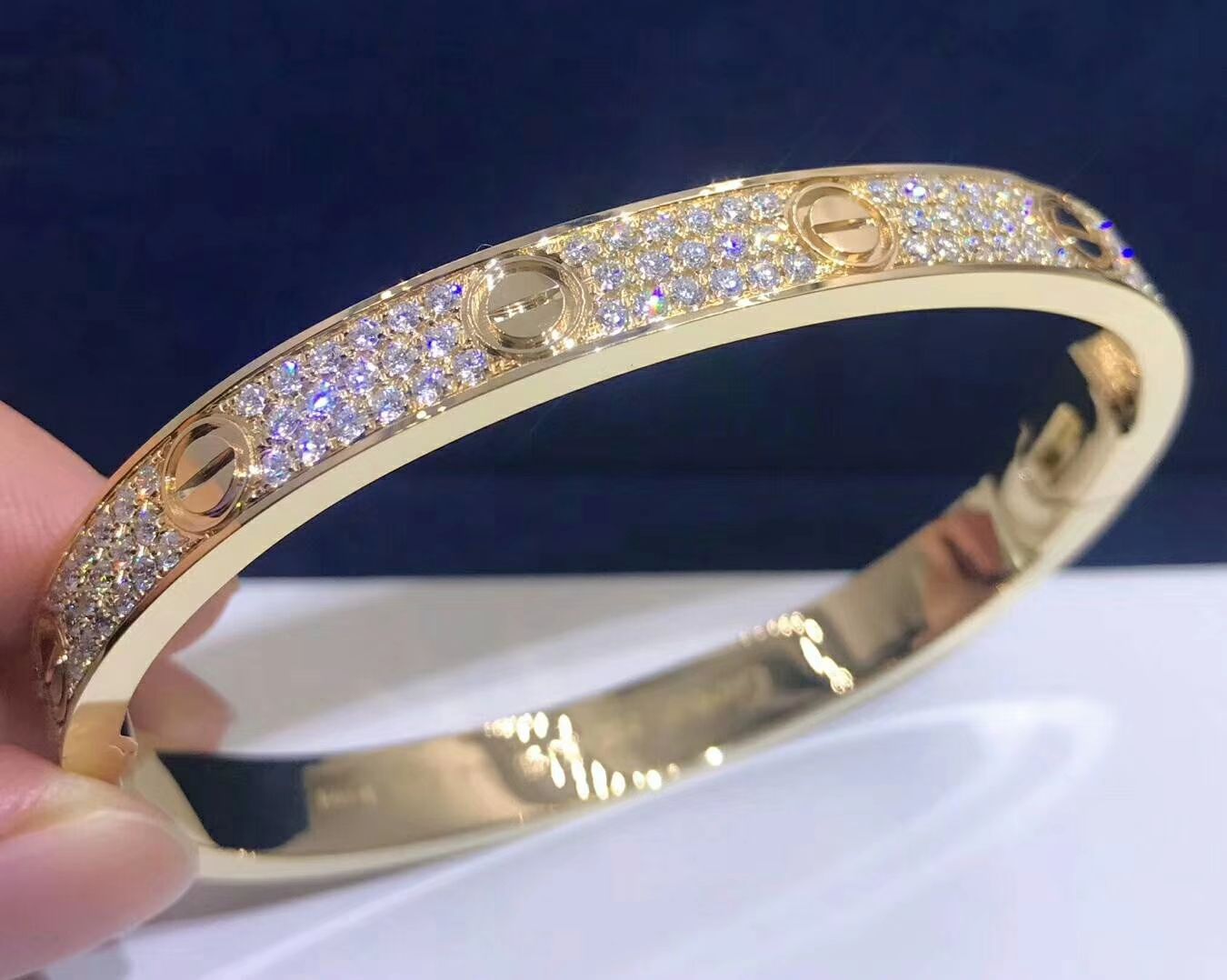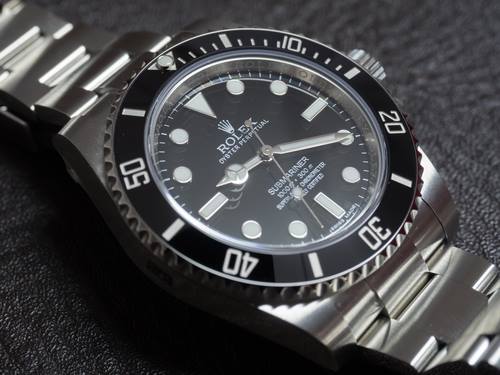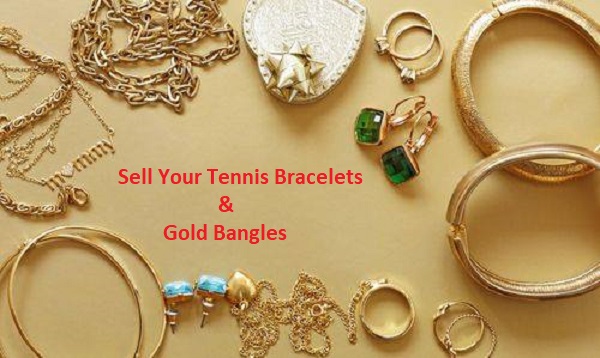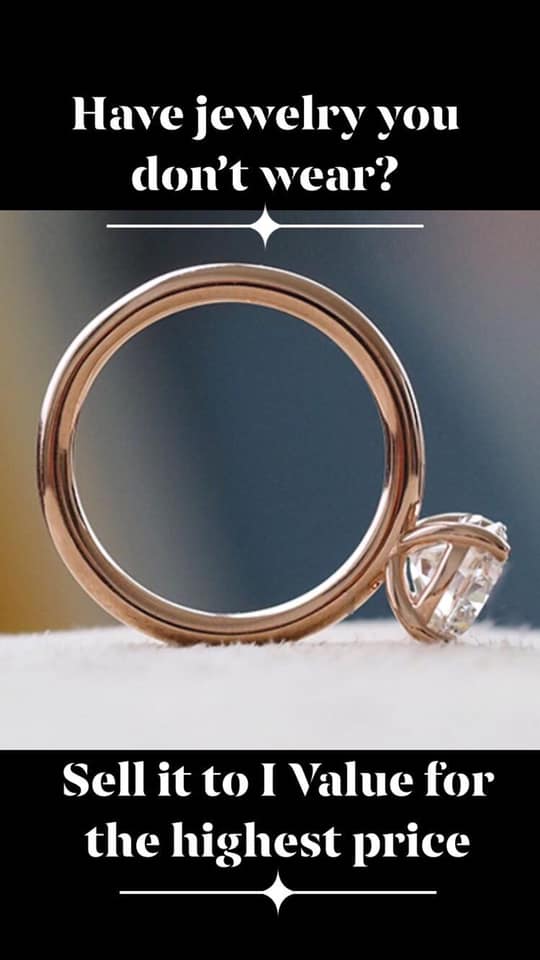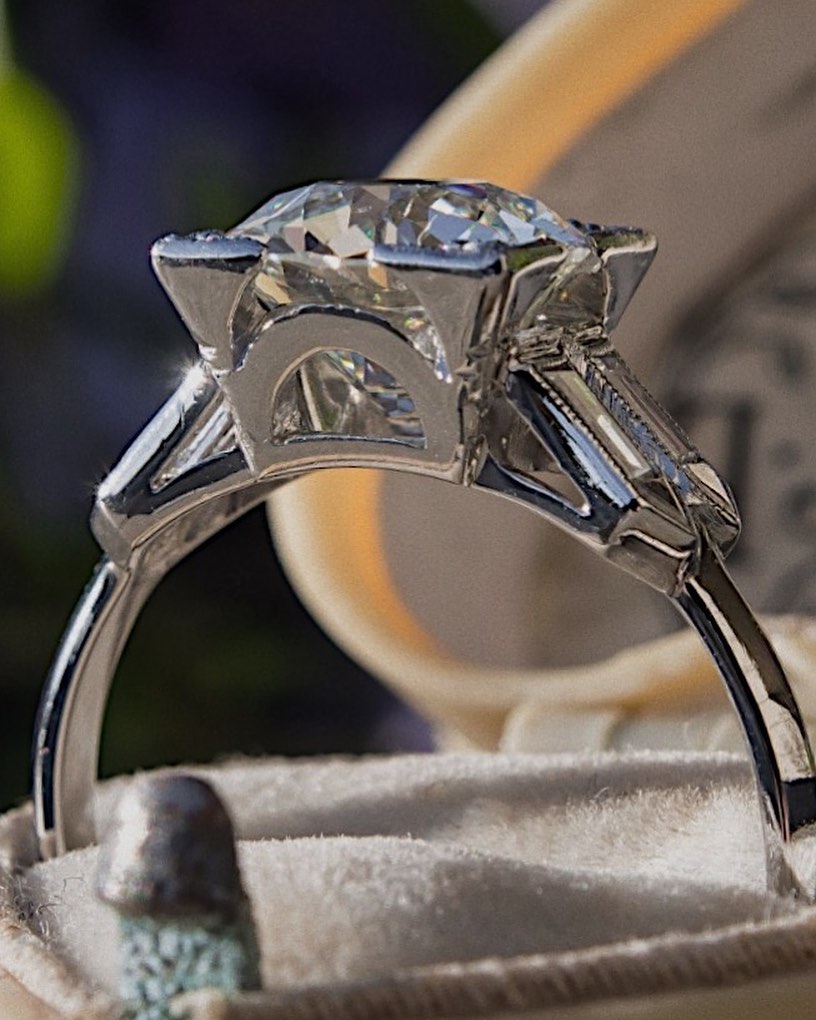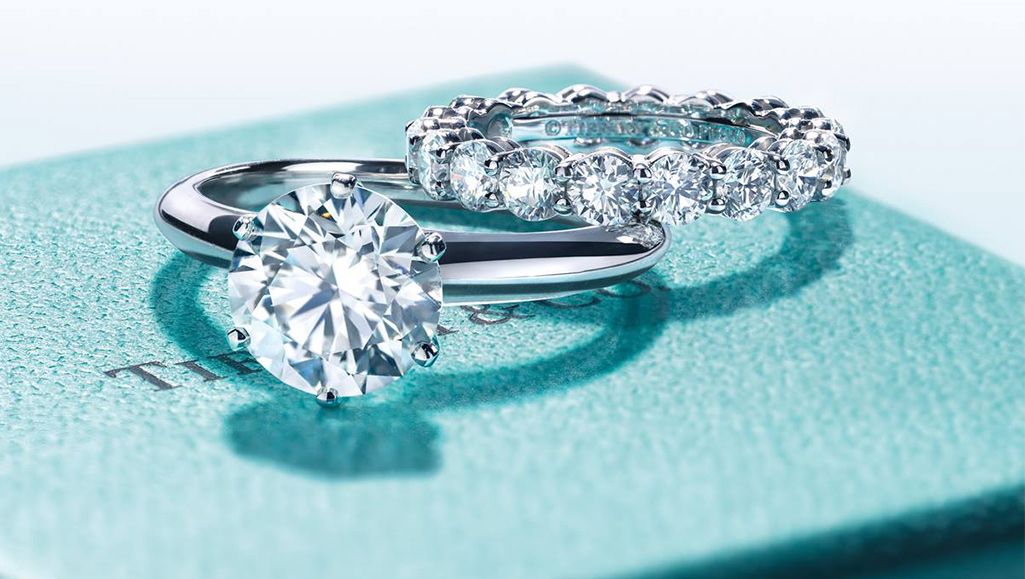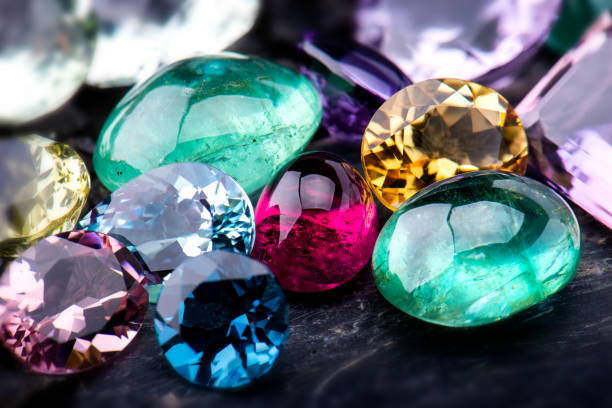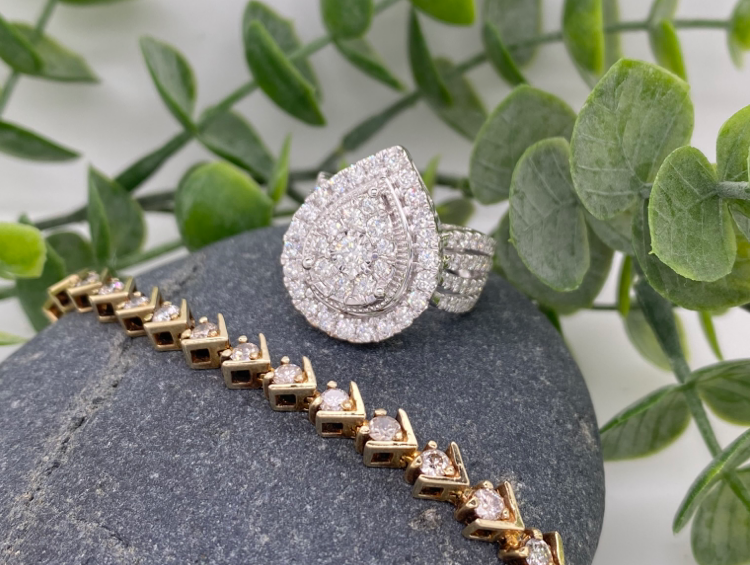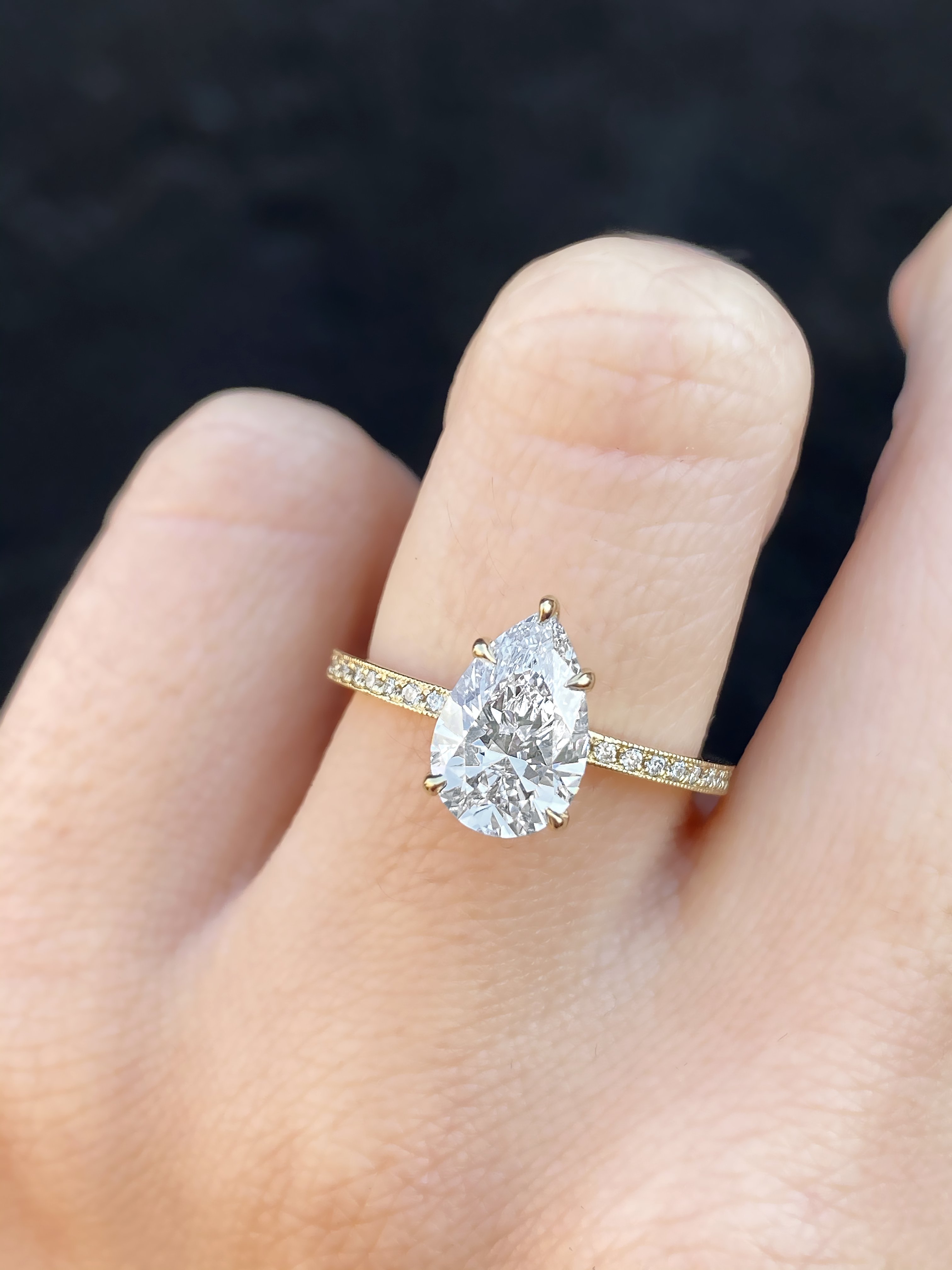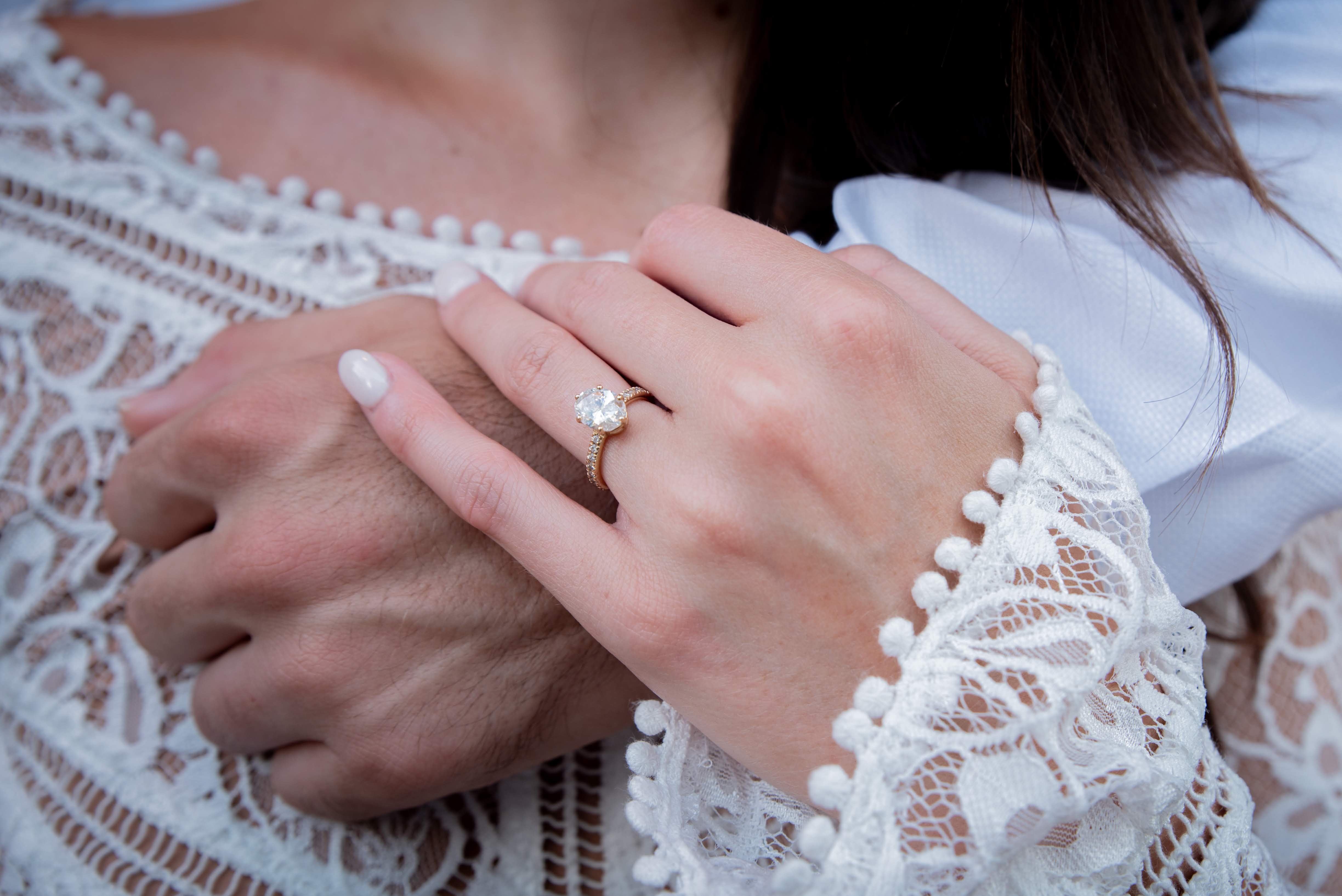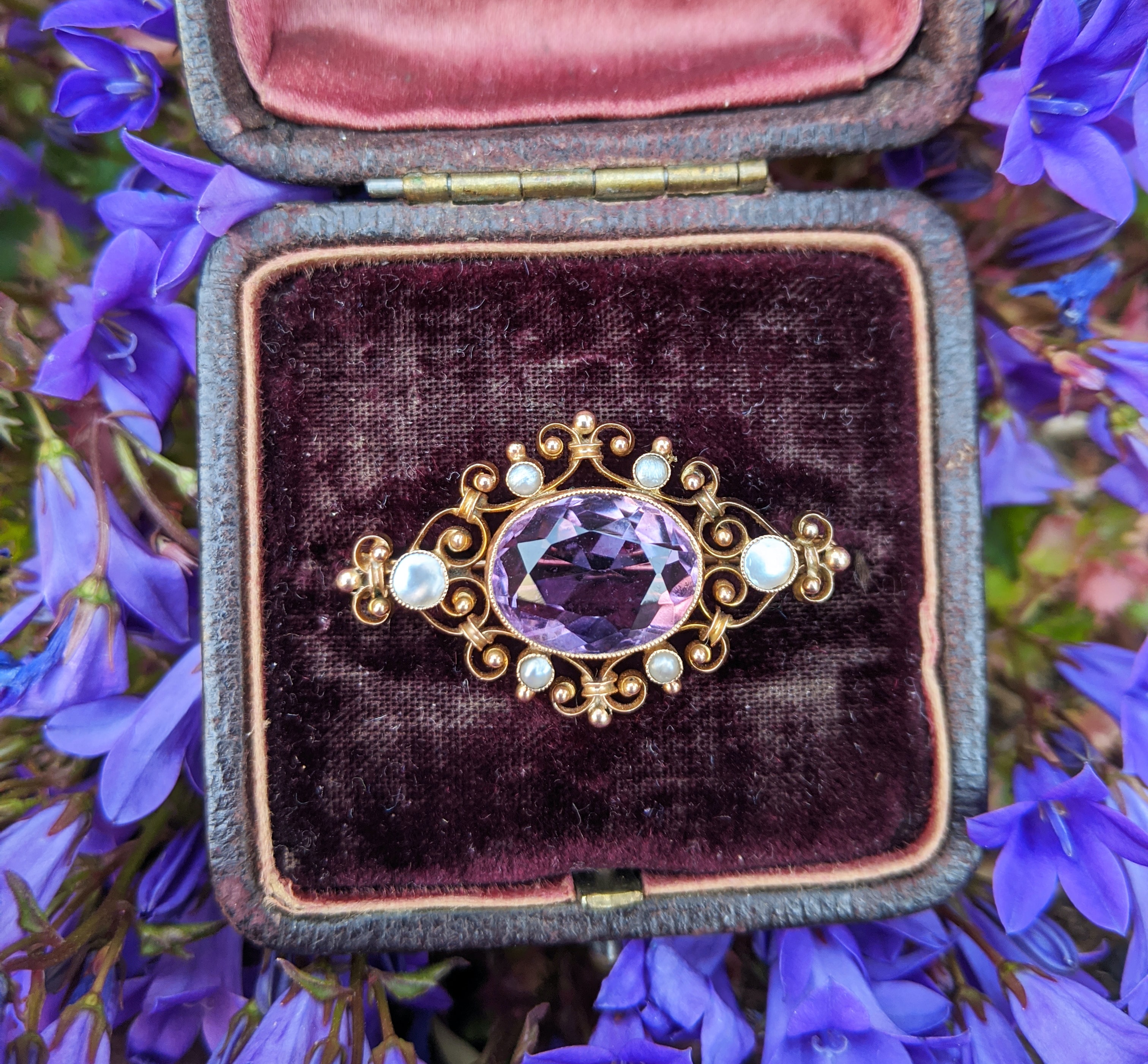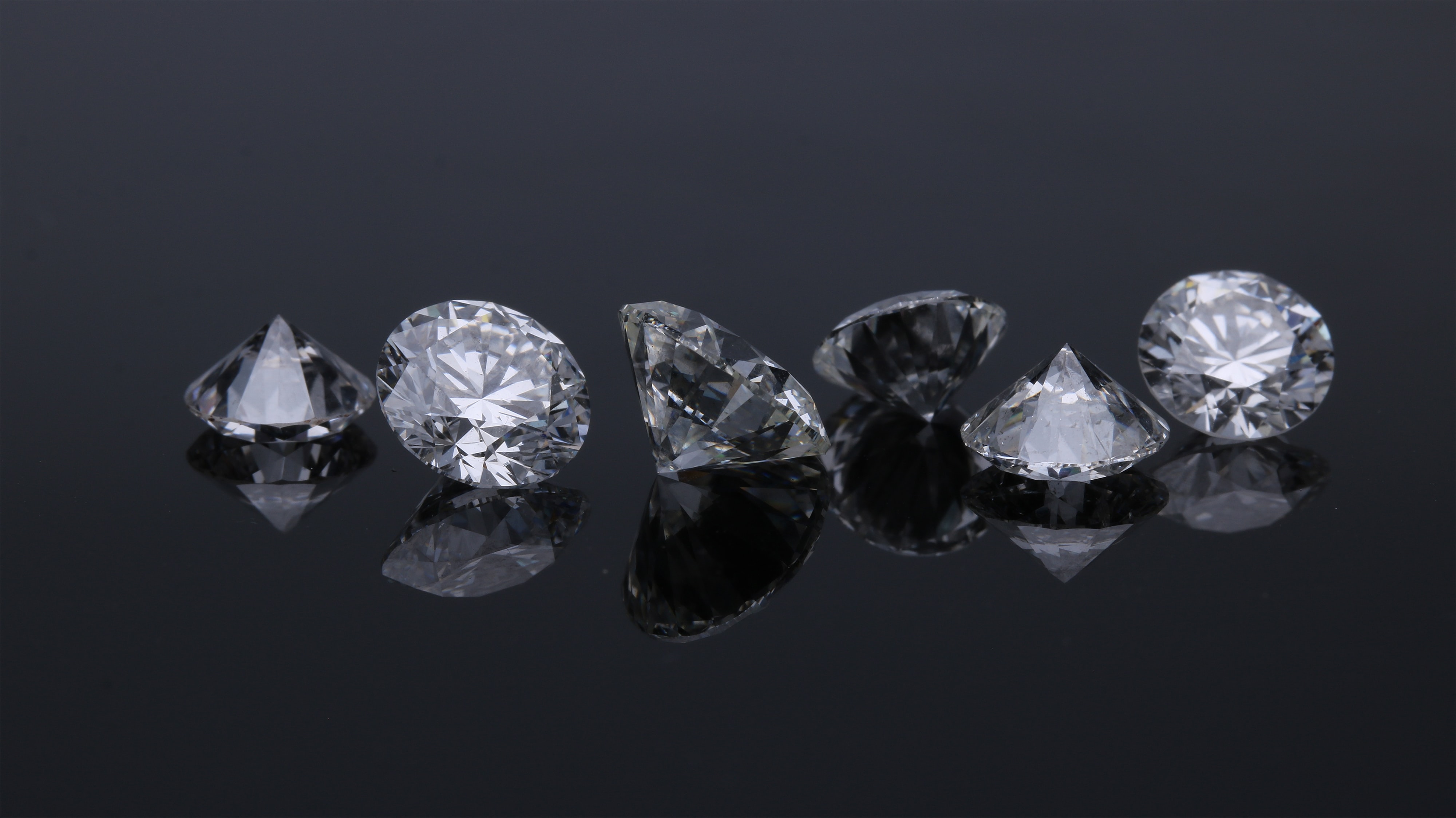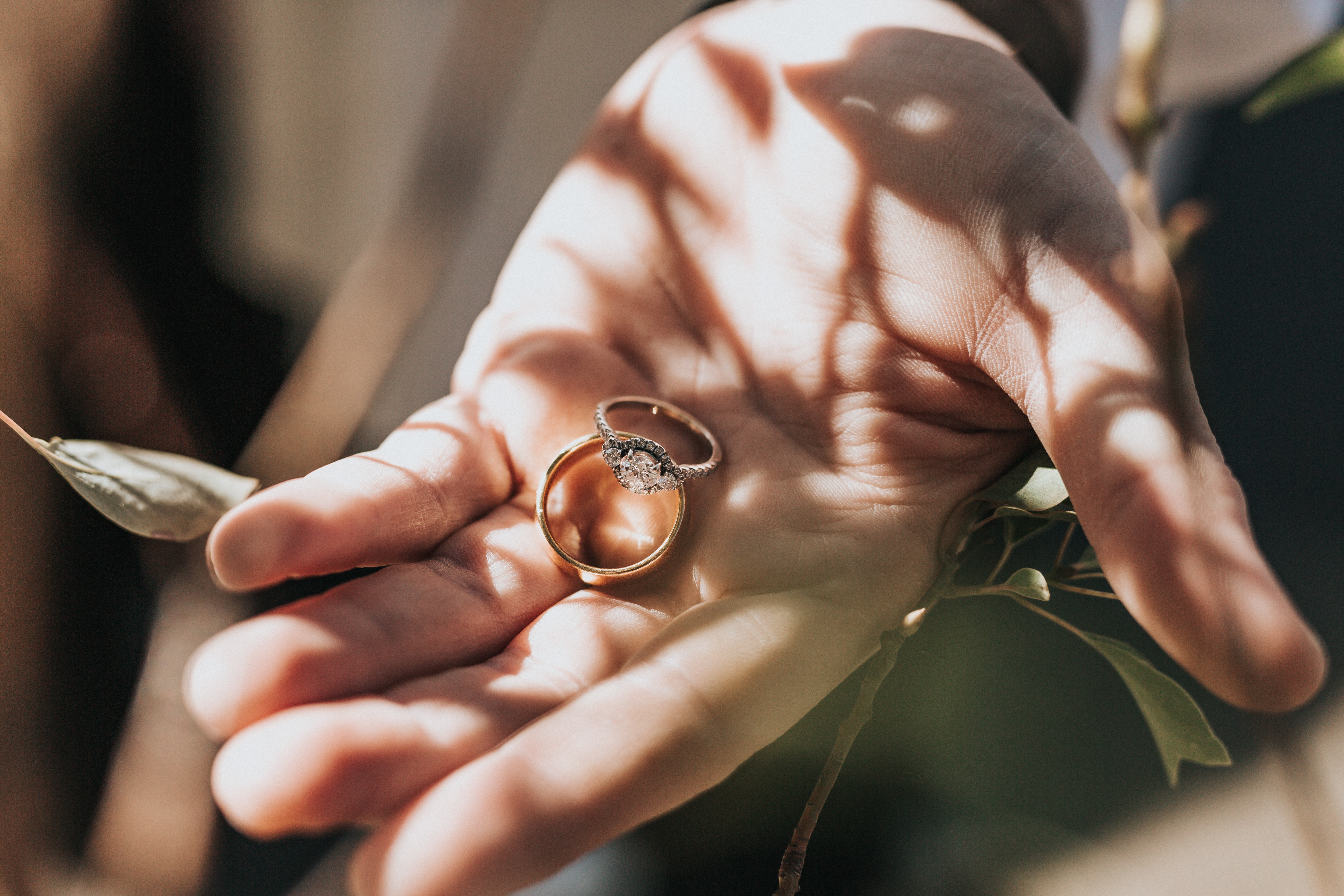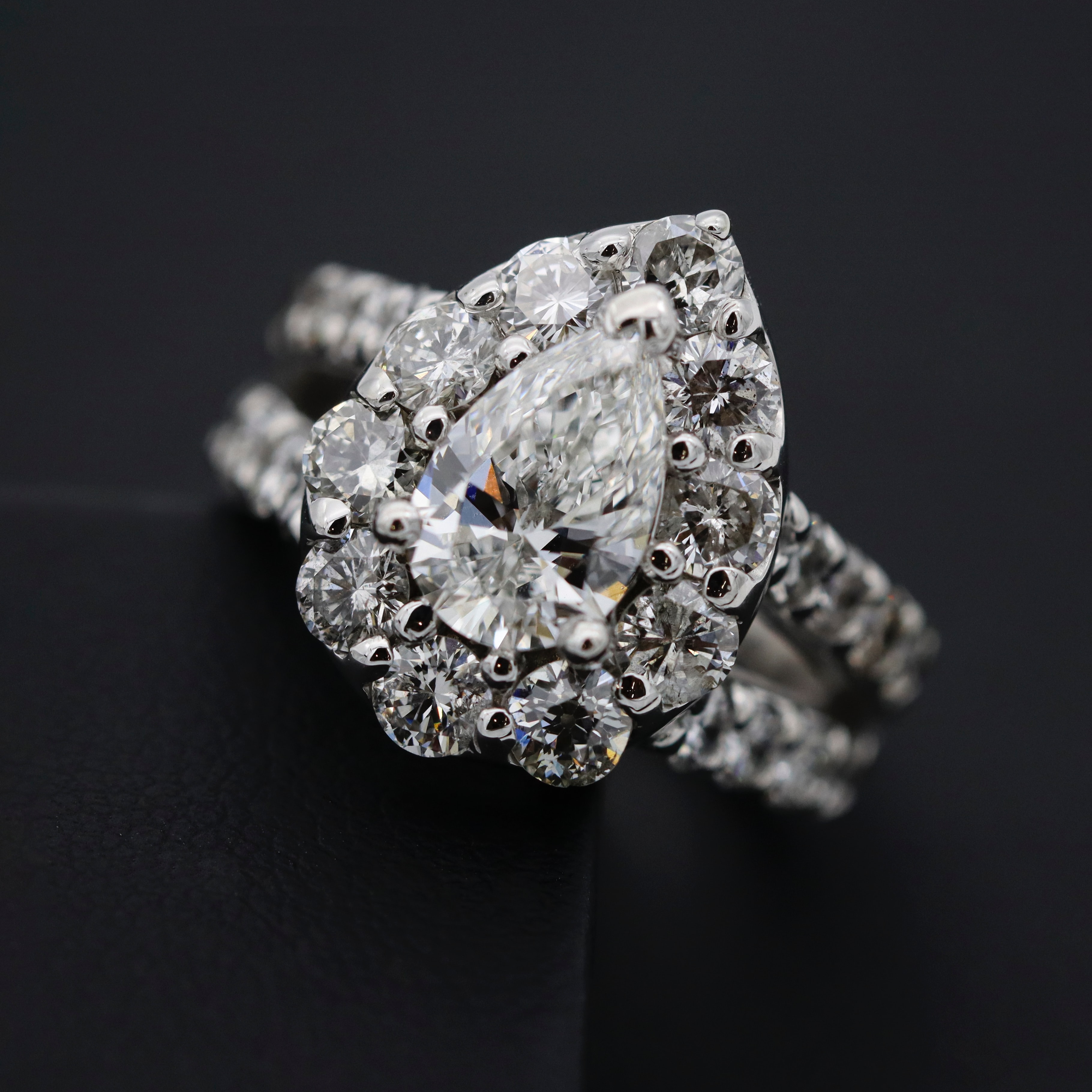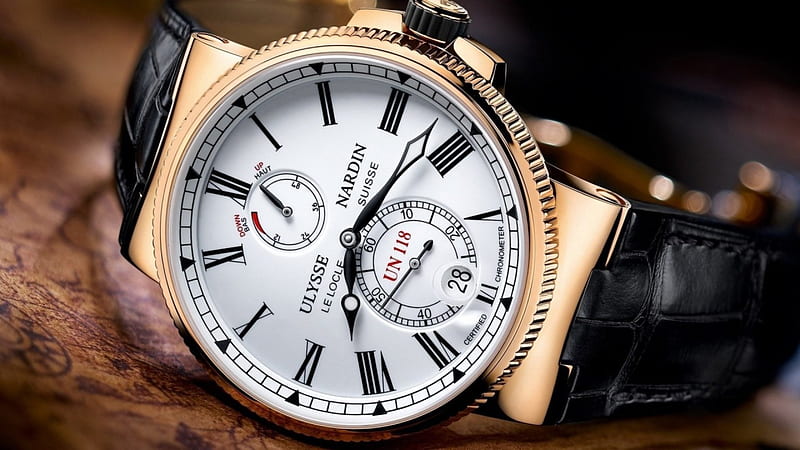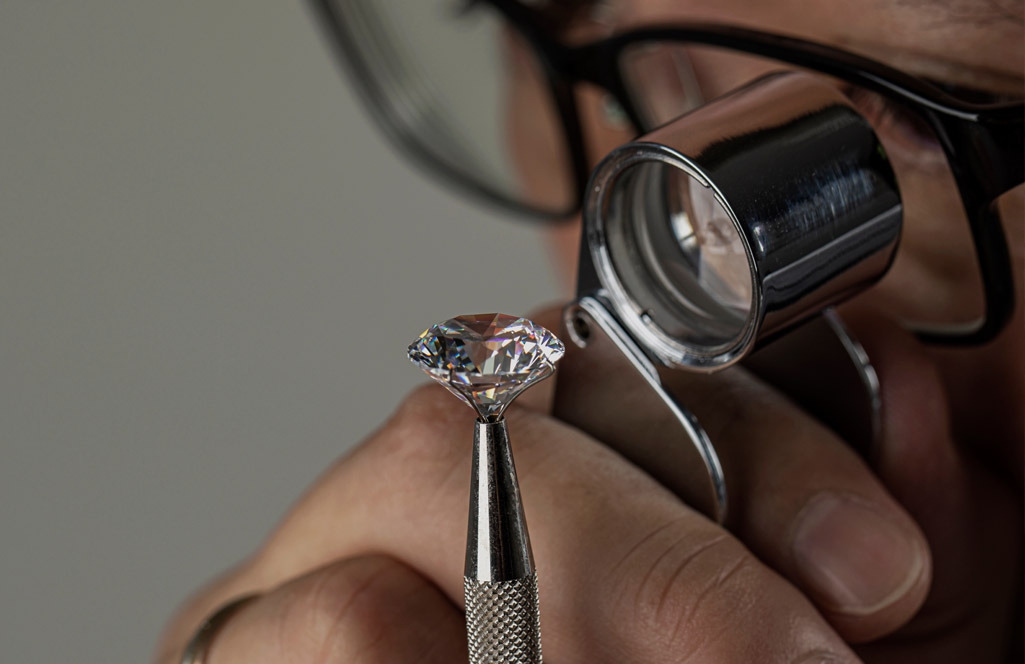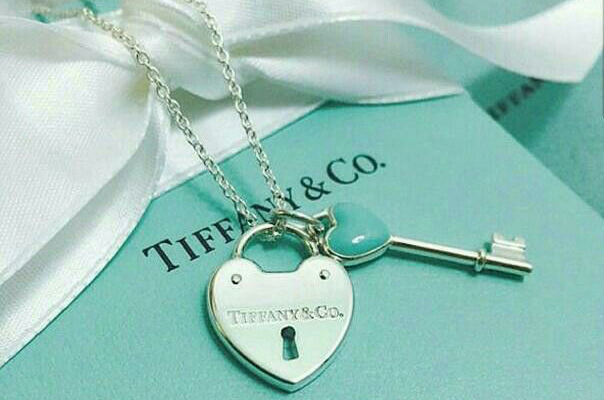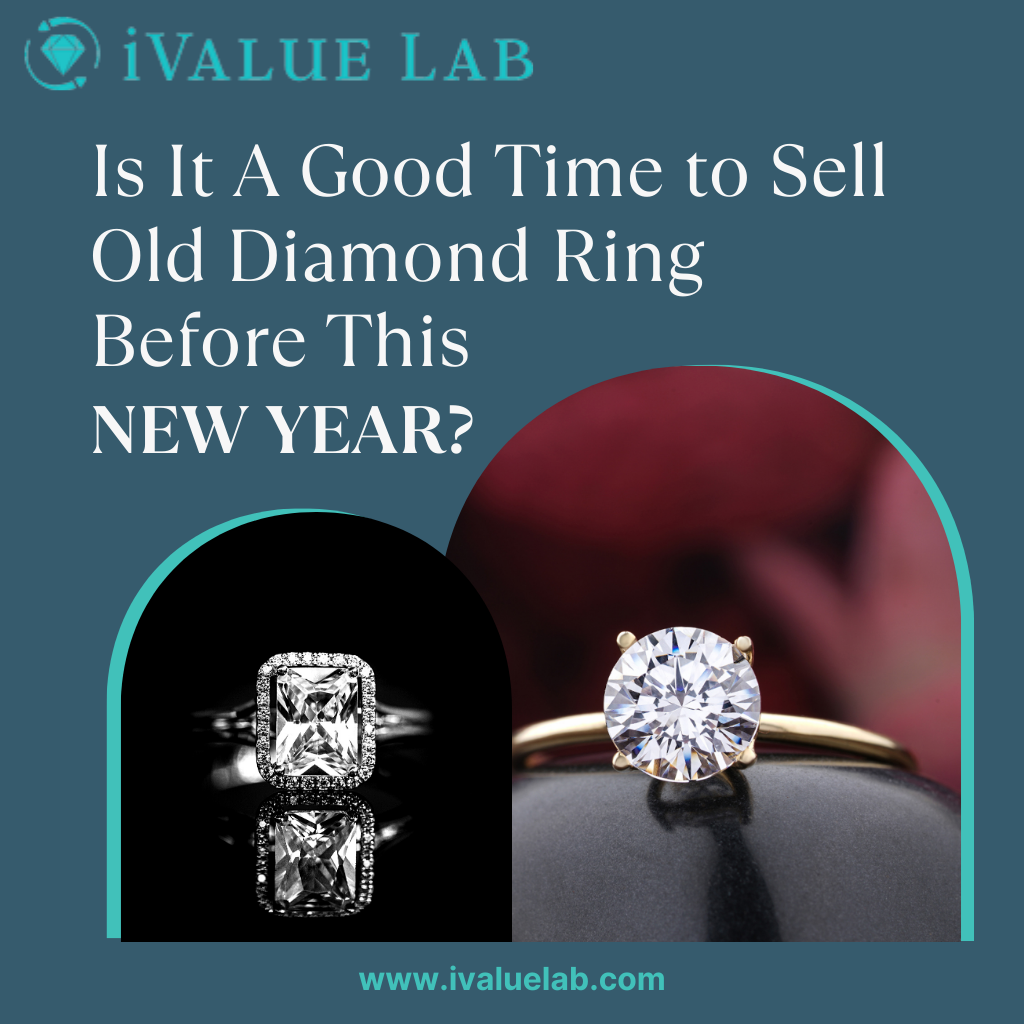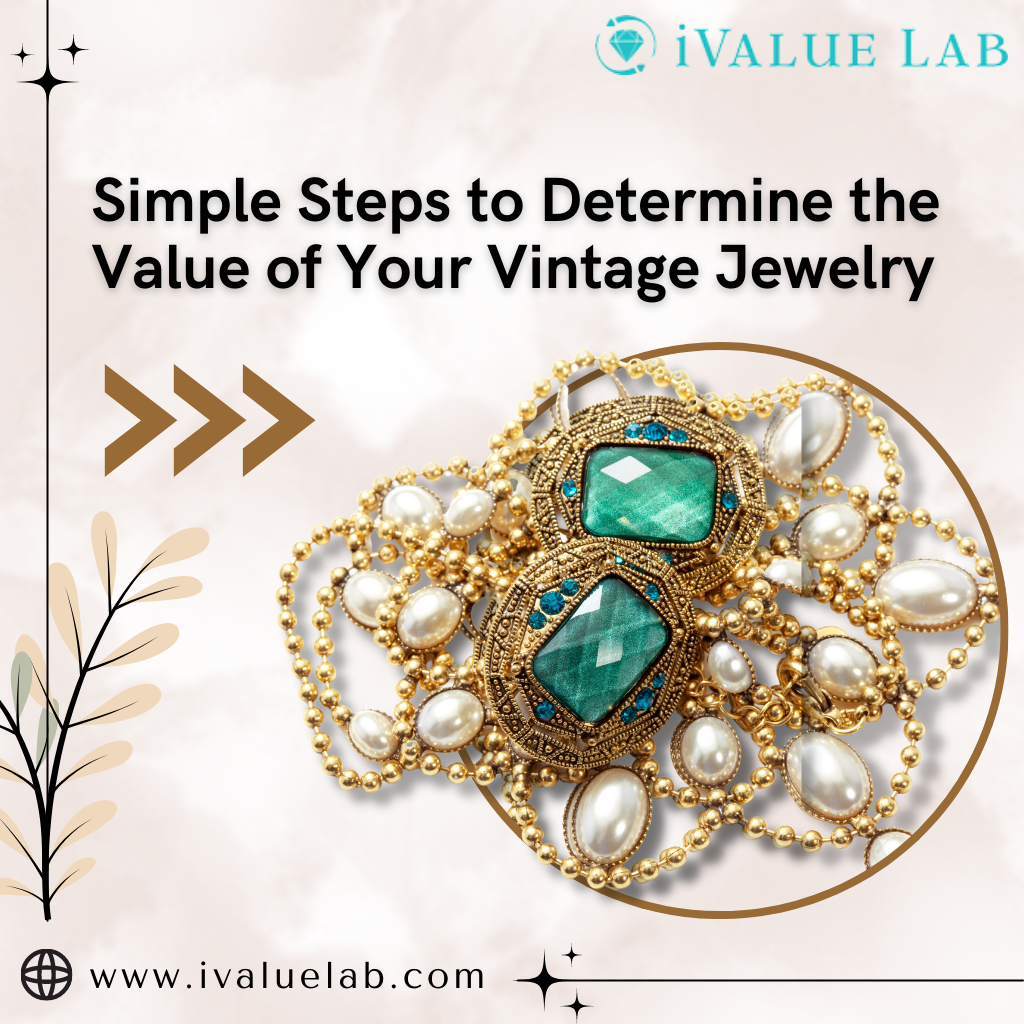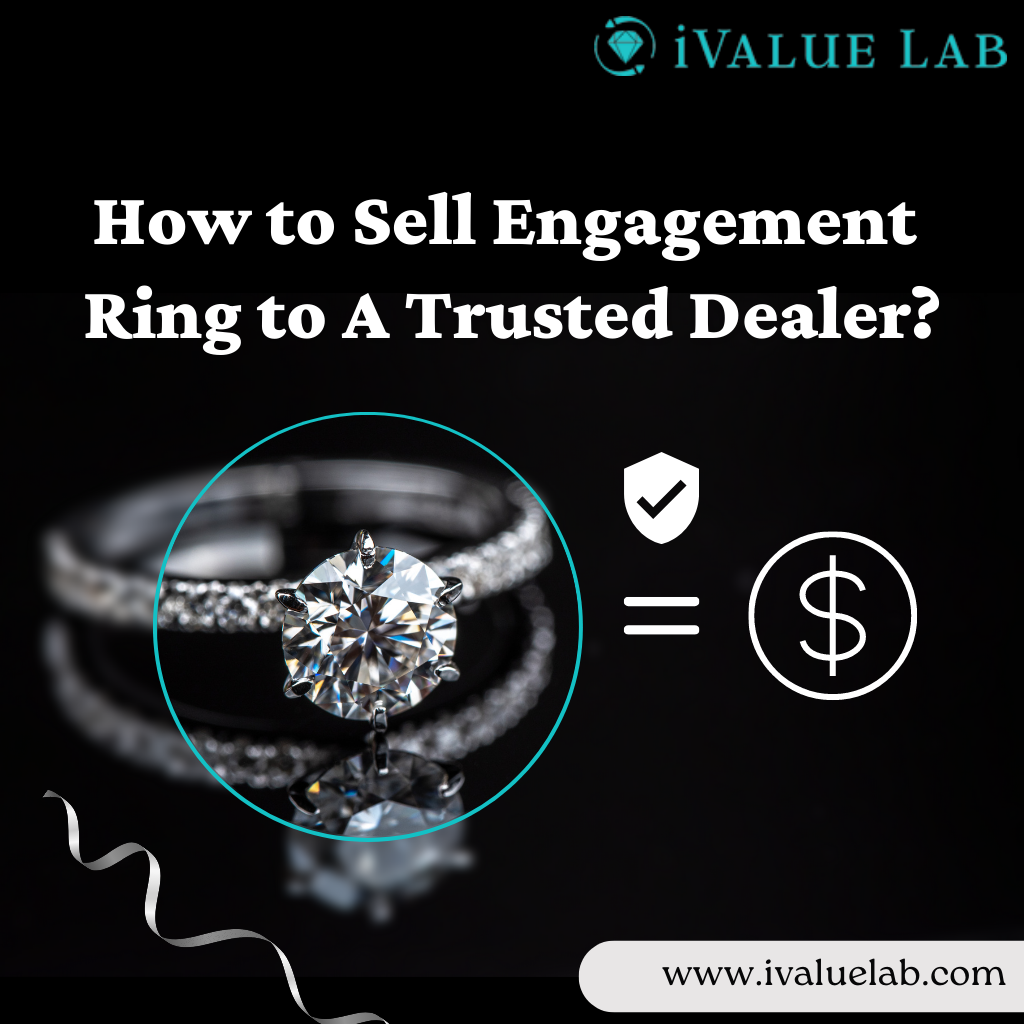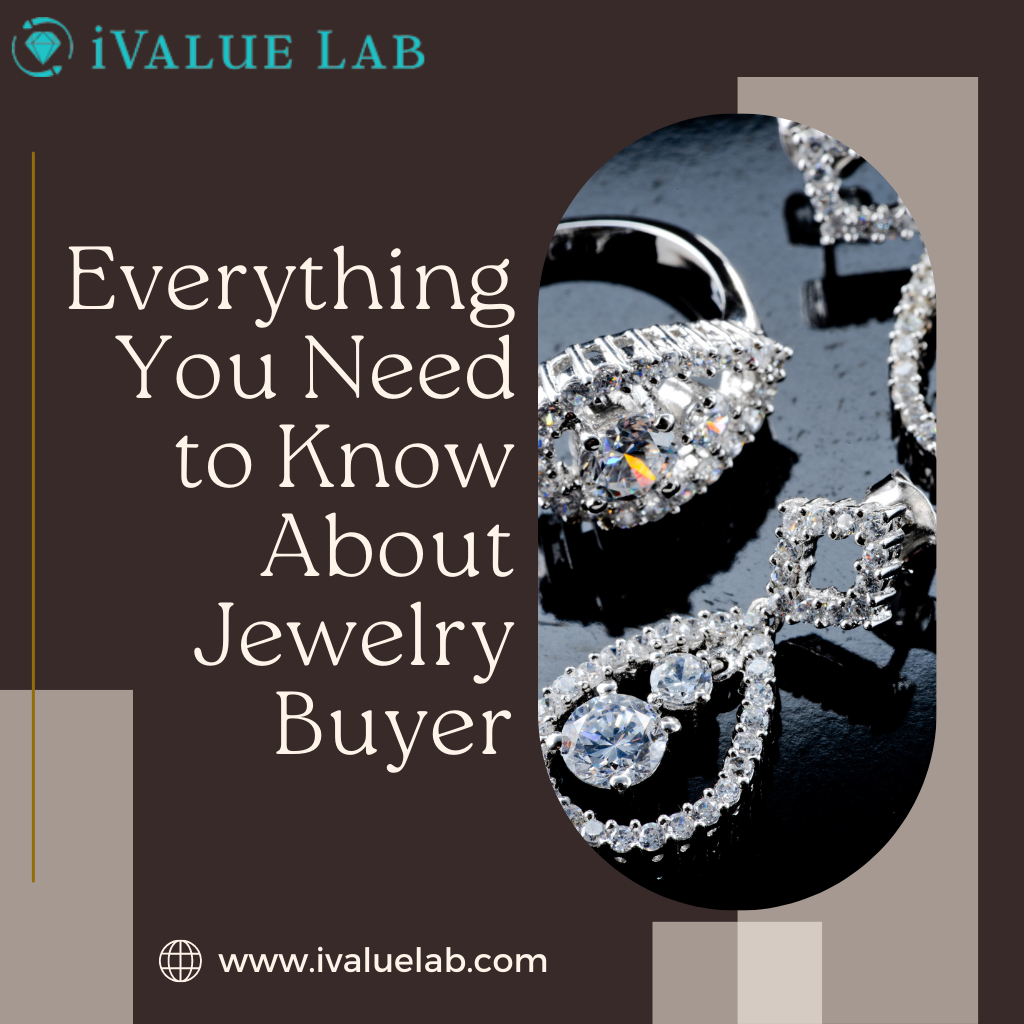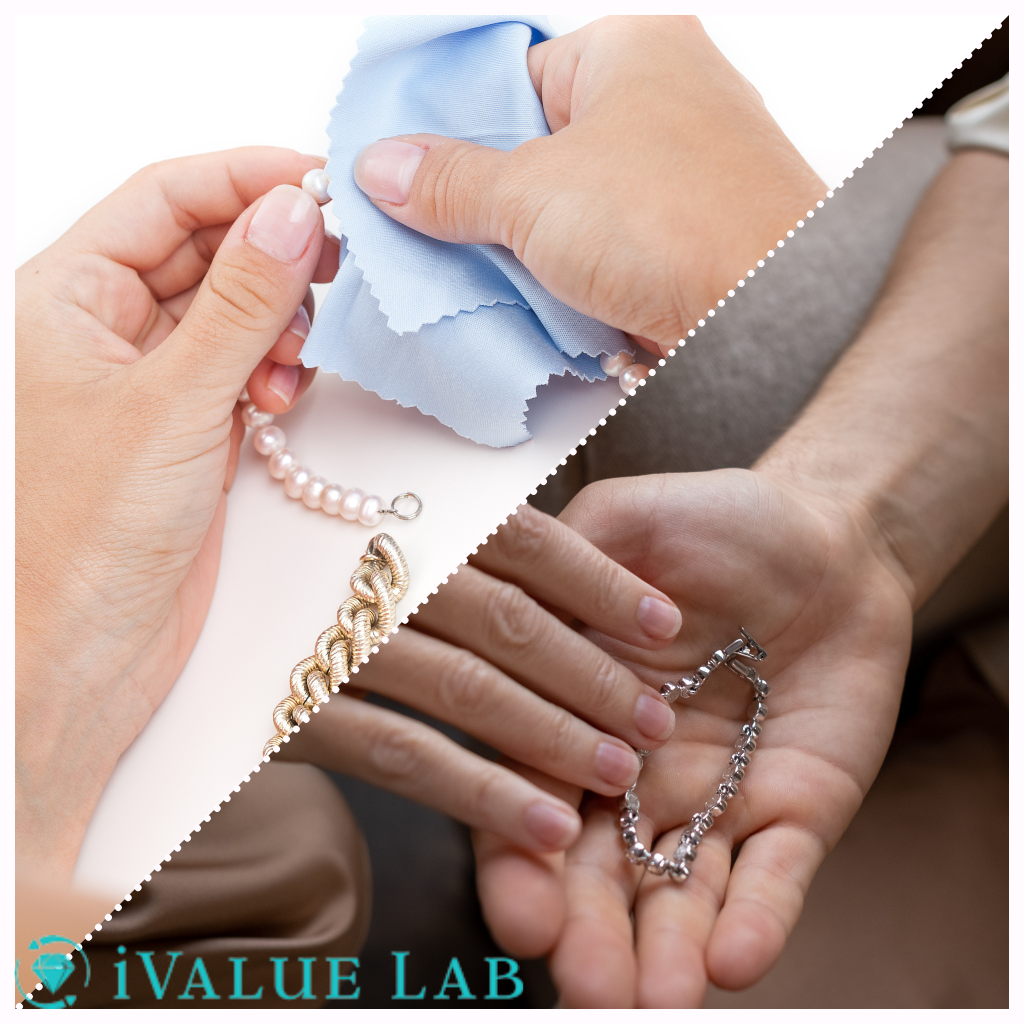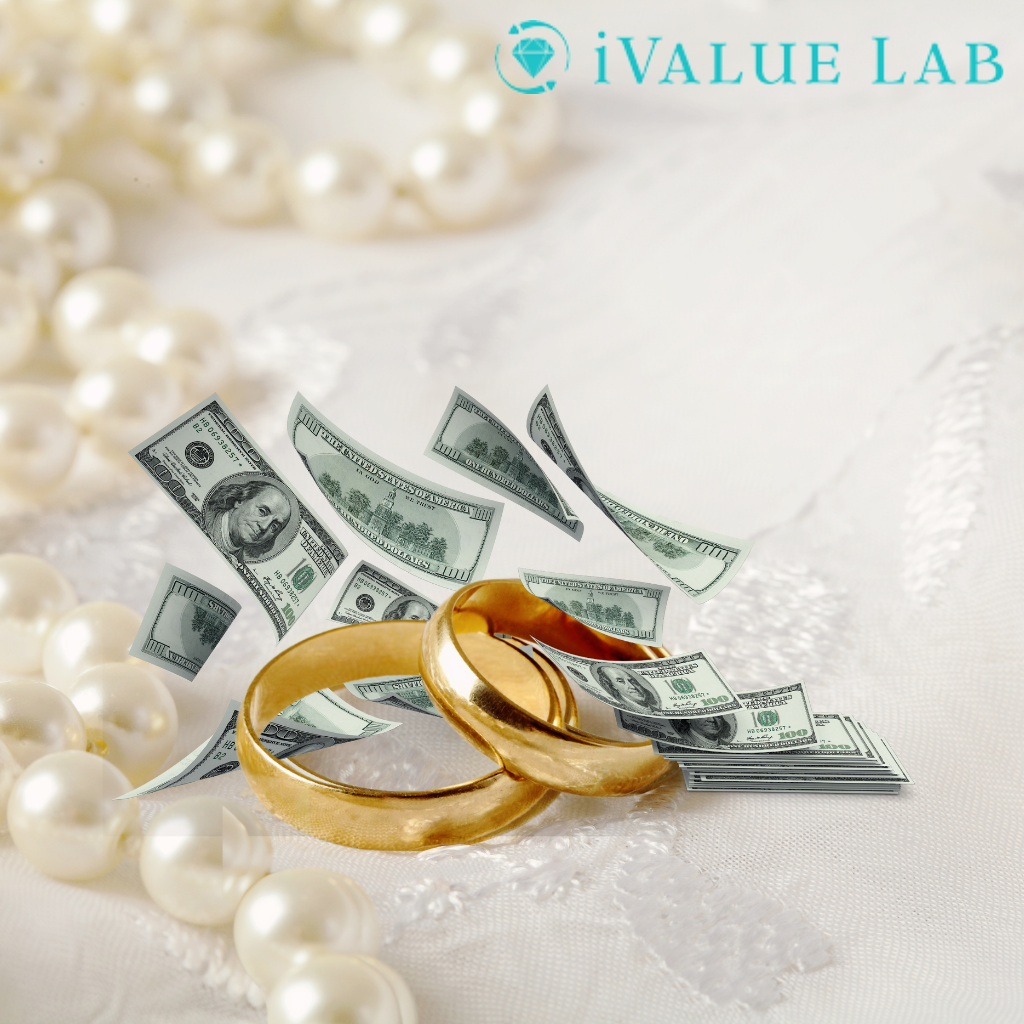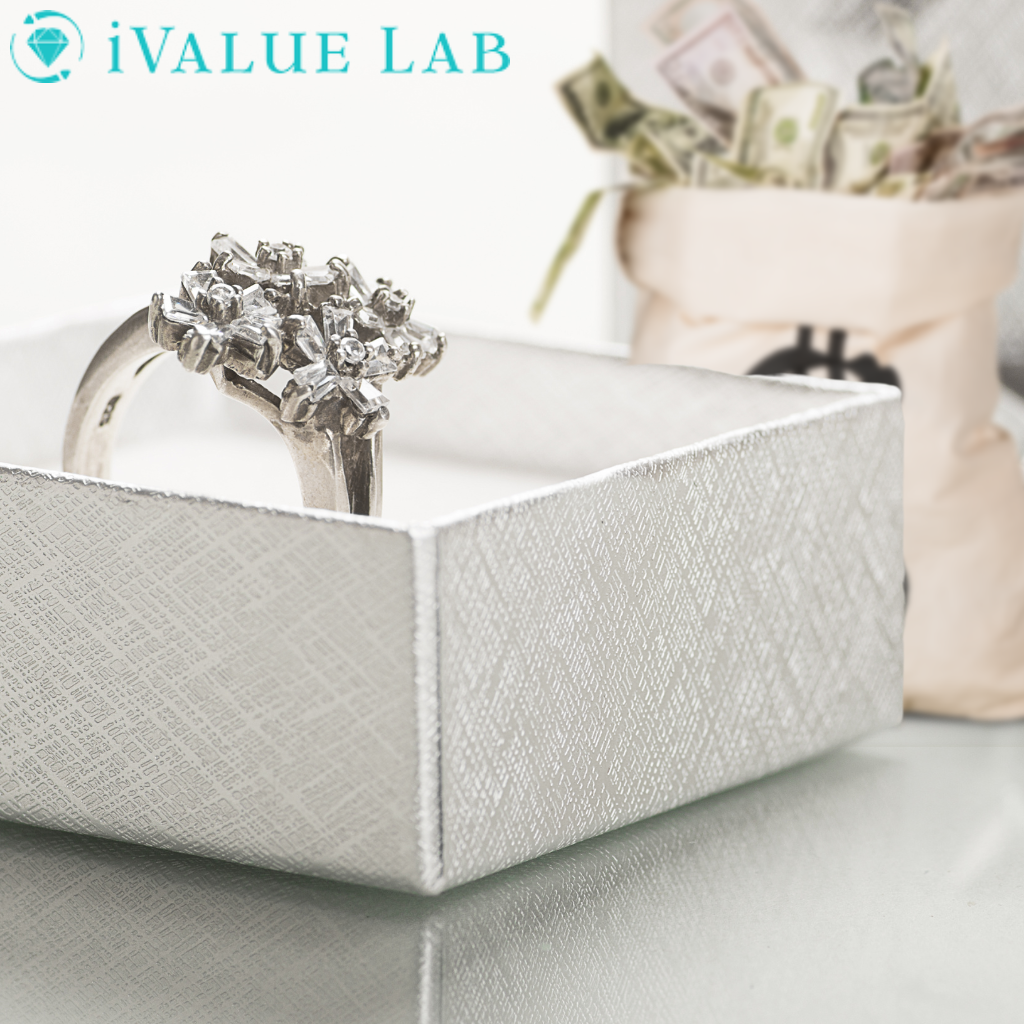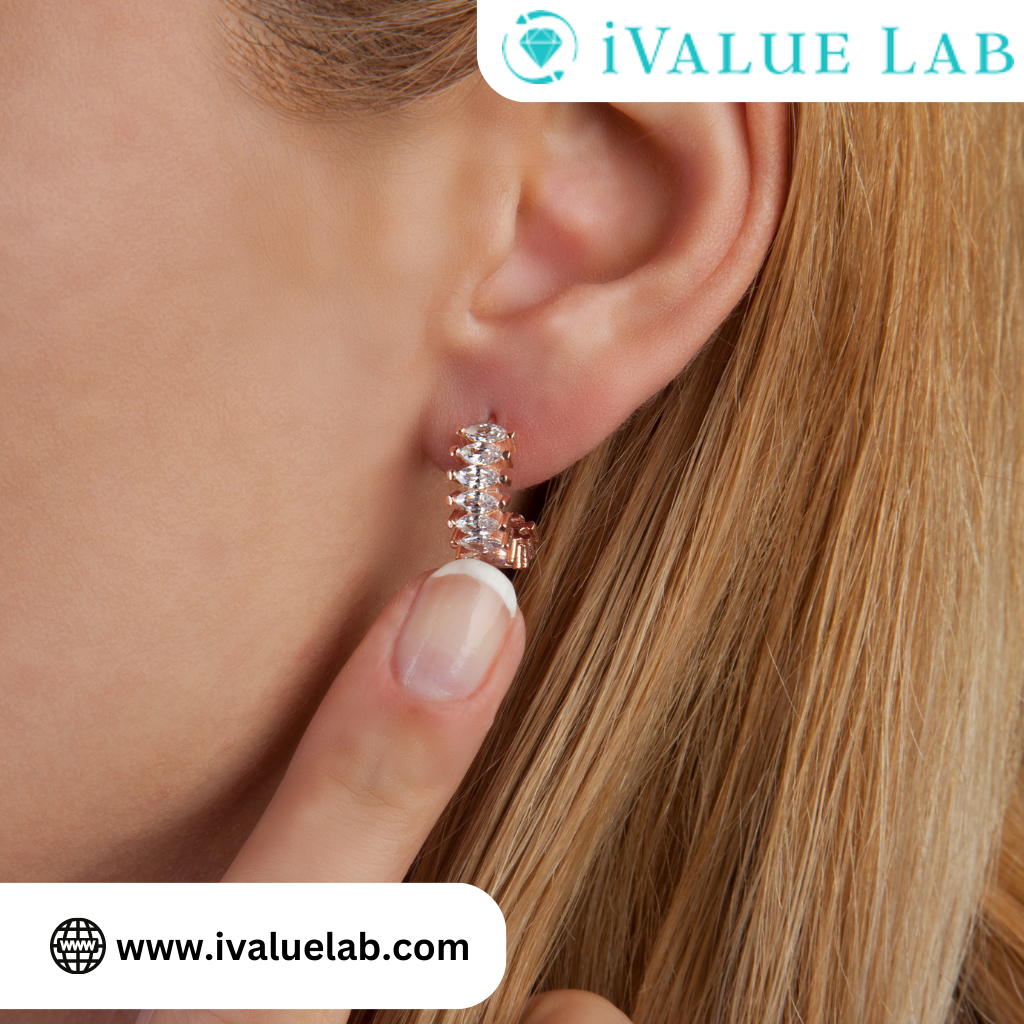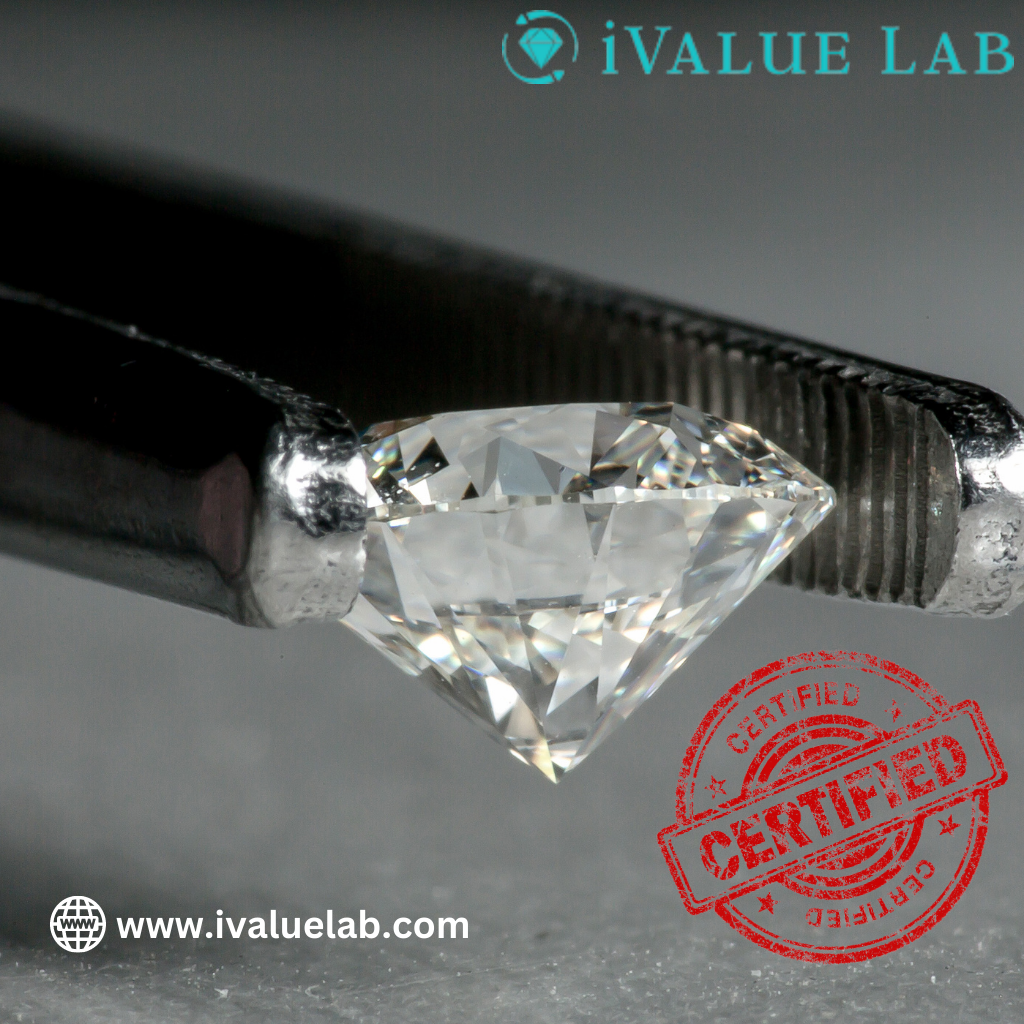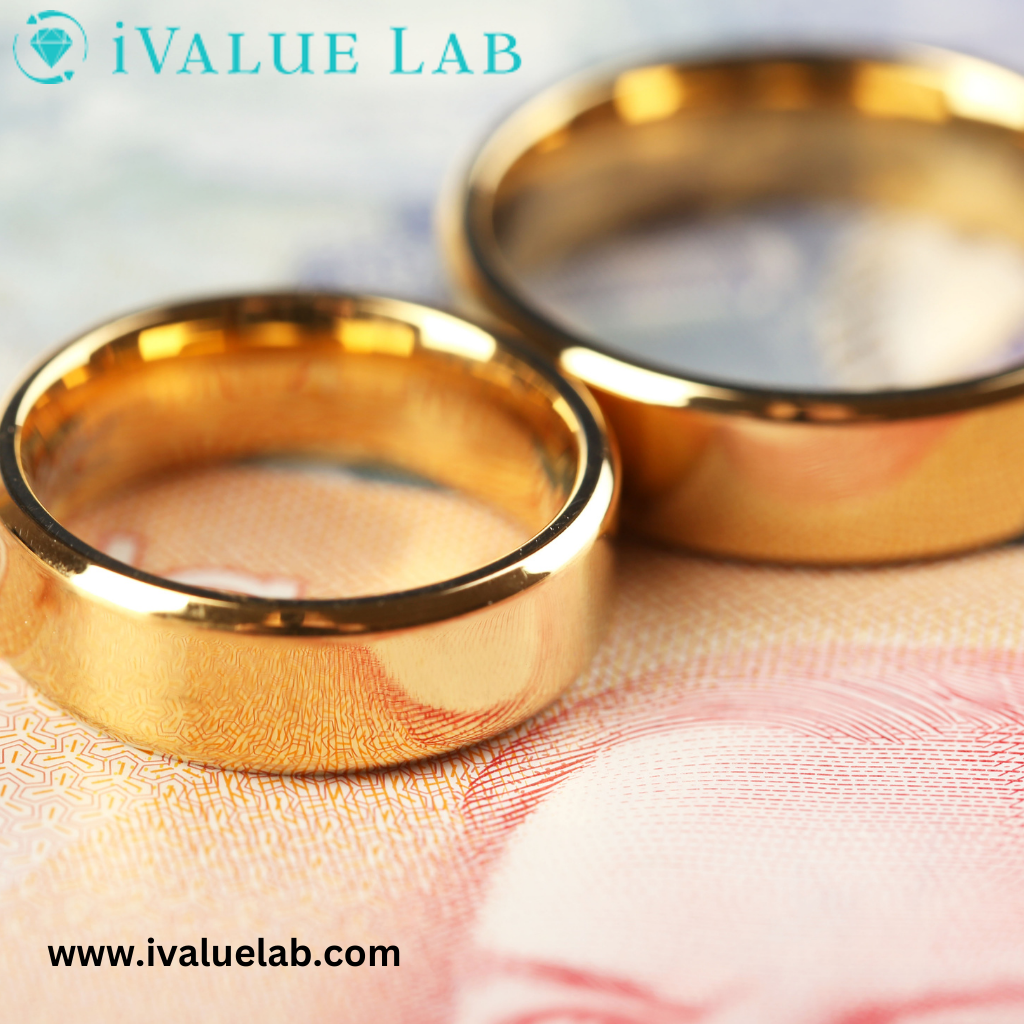The Role of the 4Cs in Determining the Value of Your Diamond Ring
When it comes to determining the value of your diamond ring, there are many different aspects to consider. But none are as important as knowing the 4C’s of the diamond. By now, you have probably heard a thing or two about the 4C’s, but did you know that these have a direct correlation to the diamond ring resale value? First and foremost, let’s quickly review what they are. The 4 C’s are Cut, Color, Clarity and Carat. Each of these determine the rarity and thus cost of the stone. Most of the time, diamond ring buyers will research all that they can when purchasing a ring. However, the same should hold true when you are looking to part ways with your diamond. Let’s learn more about each of the Four C’s and how they relate to getting you the best price for your diamond.
.jpg)
CUT
Arguably the most important of the C’s is the cut. The cut of a diamond determines how it will appear. That is because the better the cut of the diamond, the more the light is reflected and the more brilliant it will be. If you cut a diamond too shallow it can become flat and lackluster, if you cut it too deep it will absorb the light instead of refracting it. The cut of the diamond is generally graded as excellent, very good, good, fair, or poor.
COLOR
Diamonds come in all sorts of colors, most commonly they are found to be “white” or “colorless”. The GIA grading scale for colorless diamonds ranges from D-Z. Though they are considered “colorless” diamonds will naturally exude hints of yellow. When looking at the range, D is classified as completely colorless, and Z has a yellow or brown hue to it.
CLARTIY
The clarity of a stone measures how many inclusions or blemishes are within the diamond. Think of inclusions as being the beaty marks of diamonds. Though common, the most desirable are those that include none (very rare and expensive) or very few inclusions that are not visible to the naked eye. The scale ranges from FL IF, VVS1, VVS2, VS1, VS2, SI1, SI2, I1, I2, I3. The greater the diamond clarity, the rarer and more valuable the diamond is. The clarity chart runs on a grading scale. The lower the diamond clarity, the more you will see inclusions to the naked eye.
CARAT
The final C is Carat. This category simply refers to the measurement of the diamond’s weight. Many times, people believe that the carat is a measure of the diamonds size, however that is not true. You can have two 1ct diamonds that can appear to be very different sizes because of their cut. Typically, the heavier the diamond the rarer which means the carat weight of the diamond can have a significant importance on its value.
When you start to consider everything that goes into “selling my diamond ring” you can begin to feel overwhelmed. While the process might seem daunting, it doesn’t have to be. There are a few places you can turn to for help.
iValue Lab is known as one of the premium ring buyers that you can safely rely on when you are looking to sell or get a diamond ring appraisal. They have a team of highly regarded gemologists that have over 20 years of experience in the diamond industry. iValue Lab is not a pawnbroker or a local jeweler with limited resources. You do not have to worry that you will be pressured to accept an unfair price when you are dealing with our ring buyers. The teams on staff gemologists know the ins and outs of the 4C’s along with current market trends, pricing, and other factors that may go into the value of your diamond. Allowing you the peace of mind in not having to worry about studying every aspect of the 4C’s.

